Optimal Timing for Insulation Installation
Insulation installation timing can significantly impact its effectiveness and longevity. Proper timing ensures optimal performance, cost efficiency, and minimal disruption to building operations.
Spring offers moderate temperatures ideal for insulation work, reducing the risk of weather-related delays.
Fall provides cooler weather that helps materials set properly and prepares buildings for winter.
Summer may be suitable in cooler regions or during early mornings to avoid heat stress and ensure safety.
Winter can pose challenges due to cold temperatures and moisture issues, but with proper planning, insulation can still be installed.

Ways to make Insulations work in tight or awkward layouts.
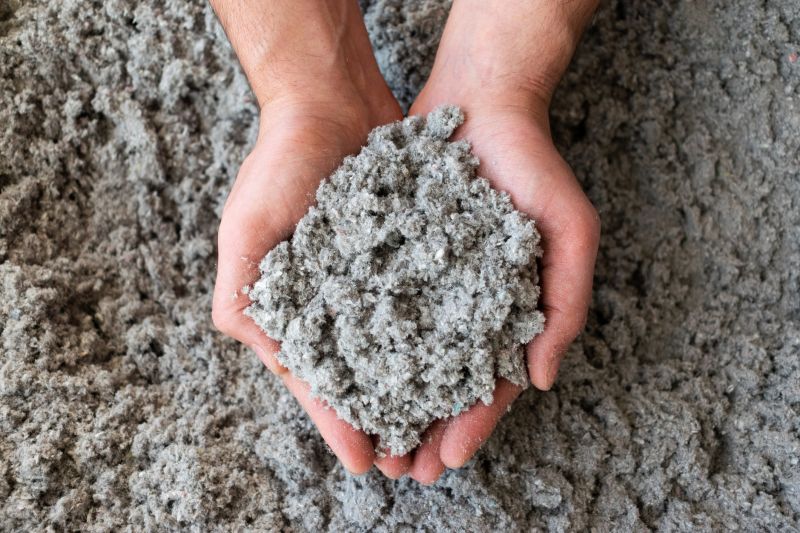
Popular materials for Insulations and why they hold up over time.
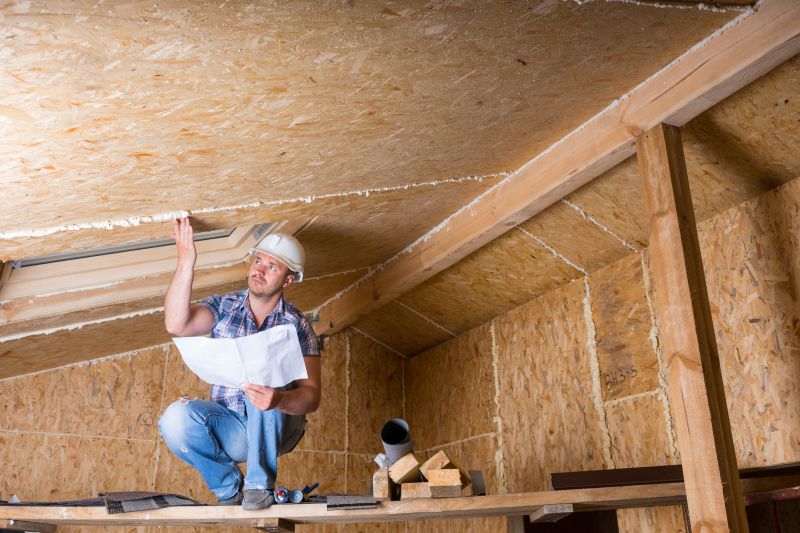
Simple add-ons that improve Insulations without blowing the budget.
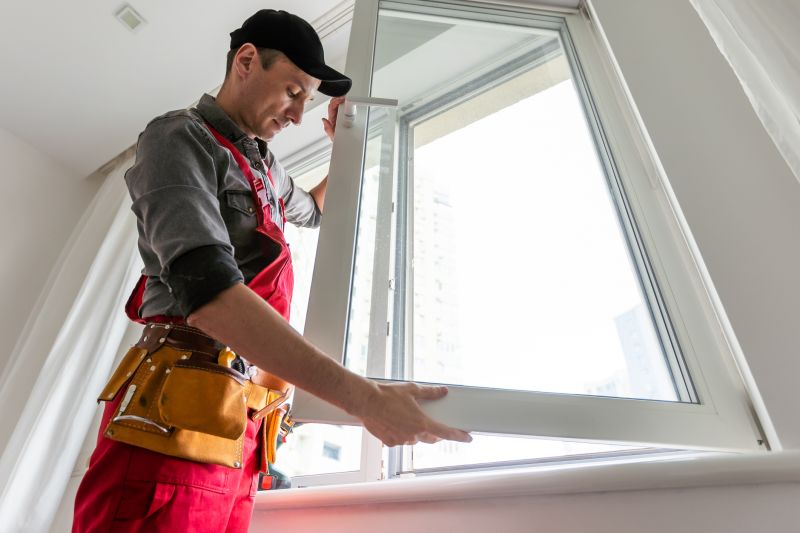
High-end options that actually feel worth it for Insulations.
Statistics indicate that proper insulation can reduce heating and cooling costs by up to 20-30%. Choosing the right time for installation minimizes risks associated with weather and temperature fluctuations, leading to better long-term results.

Finishes and colors that play nicely with Insulations.
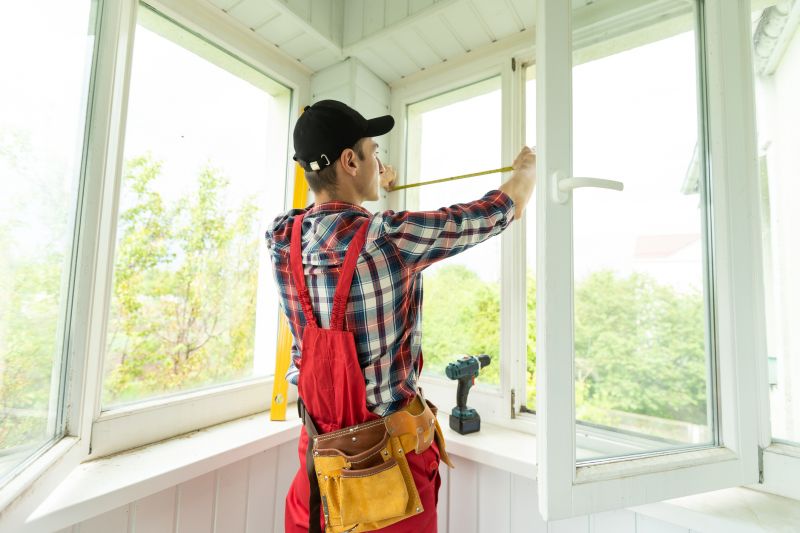
Little measurements that prevent headaches on Insulations day.
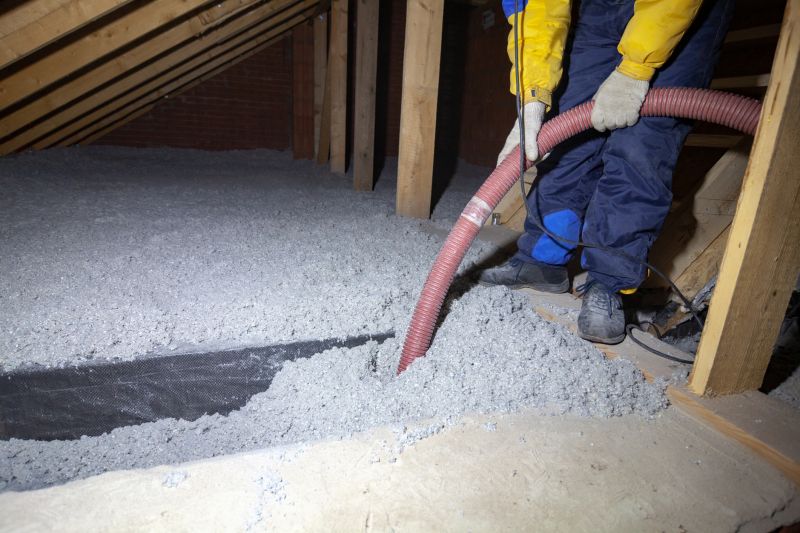
A 60-second routine that keeps Insulations looking new.
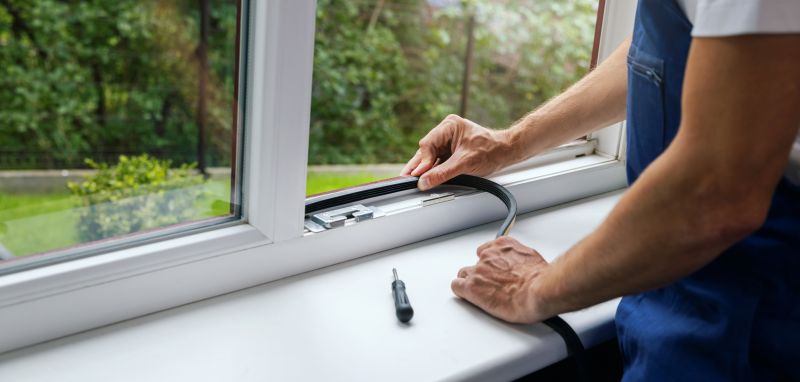
A frequent mistake in Insulations and how to dodge it.
| Season | Ideal Conditions |
|---|---|
| Spring | Moderate temperatures, low humidity |
| Summer | Early mornings or cooler regions |
| Fall | Cooler weather, low humidity |
| Winter | Cold temperatures, moisture considerations |
For those interested in insulation services, filling out the contact form can provide tailored information and scheduling options. Proper timing and installation methods can optimize insulation performance and energy efficiency.



